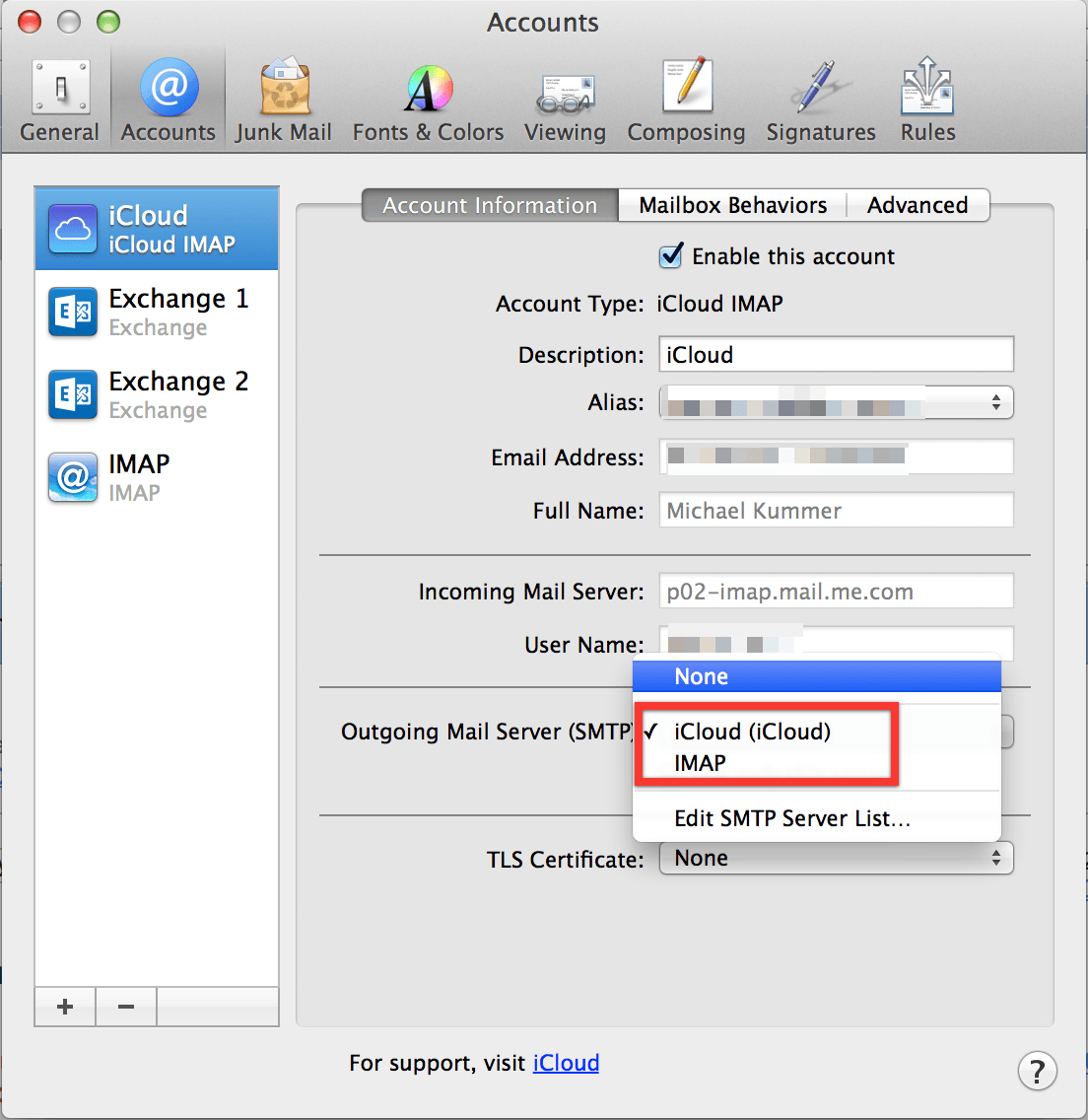

- #MAC OS X MAIL SERVER HOW TO#
- #MAC OS X MAIL SERVER PLUS#
Last step is to turn on the Mail service to allow the Mail services and protocols to start and accept incoming mail, plus send outgoing messages ( Figure G). Once it’s enabled, the service checks the remote server and updates its listings automatically ( Figure F). This uses known RBLs (Real-Time Blackhole Lists) to identify known IP addresses and domains that send out spam messages. You should also enable blacklist filtering to help identify spam. Enabling junk mail filtering will allow for a more or less aggressive posture when scanning incoming email for junk mail. Click the Edit… button to enable virus filtering, which scans incoming messages for known malware. Filtering is optional, but it’s highly recommended for security purposes, since many types of malware and junk mail can greatly affect the performance of your server and can lead to further issues regarding network and desktop security. Once the Apple ID has been added, click the Enable Push Notifications button to turn on that service ( Figure E). If Push Notifications are not yet set up, clicking the Edit… button next to that selection will allow you to link an Apple ID to generate new APNS certificates and bind them to that Apple ID and FQDN. 
However, depending on your specific setup, Active Directory or Custom values may be selected as examples of alternate configurations possible ( Figure D). For the purposes of this tutorial, select Open Directory to manage authentication of user accounts.
Clicking the Edit… button next to Authentication allows for the configuration of the authentication mechanism to use for end users. Under the Settings section, several options are available for managing Authentication, Push Notifications, and Filtering of malware and spam settings ( Figure C). Once completed, return back to the Mail services pane. If necessary, repeat steps 4-5 until all required domains have been created. Mail server is capable of managing multiple email domains. Enter the FQDN in the Domains text field, and click the Create button to add the domain ( Figure B). Leaving the service turned off, click the plus sign under Domains to add a new email domain to send/receive messages from. Select Mail from the Services pane ( Figure A). Login to the server you wish to manage using administrative credentials. Launch Server.app from the Applications folder. Once the requirements have been met, we can proceed to set up the Mail server. While some of the above requirements are indeed optional, in most cases, they address key issues for ensuring the availability and integrity of messages as they travel to and from server and endpoint. Push Notification services (optional, but highly recommended for mobile devices accessing email). FQDN set as host name (optional for internal messaging, yet required for external messaging). Authoritative DNS with forward and reverse-lookup records. 3rd-party SSL certificate (optional for internal messaging, but highly recommended for external messaging). Static IP address (optional, but highly recommended). Broadband internet connection (Ethernet preferred). Computer running Apple OS X Server (10.7+). Prior to getting into the setup and configuration of the Mail service, let’s take a moment to review the necessary requirements: While some email servers offer much more control or better integration with other domain services in use within a company, Mail from OS X Server is as simple to set up and easy to manage as one has come to expect from an Apple application. Make no mistake… email is serious business!Īnd managing email services can be difficult considering the multitude of pressures stemming from keeping services available for mission-critical uses, balancing resources on the server(s), protecting the integrity of messages from malware and unauthorized access, not to mention keeping the various component services and protocols working smoothly like a well-oiled machine. It’s the lifeblood of an organization and generally regarded as an essential business tool. The ubiquitous mass communication medium that’s used the world over for relaying important information and staying in touch with contacts. 
#MAC OS X MAIL SERVER HOW TO#
Jesus Vigo explains how to set up the Mail service on OS X Server and configure server-side settings for email security and hygiene.Įmail. On January 2, 2015, 7:52 PM PST OS X Server: How to set up the Mail service







 0 kommentar(er)
0 kommentar(er)
